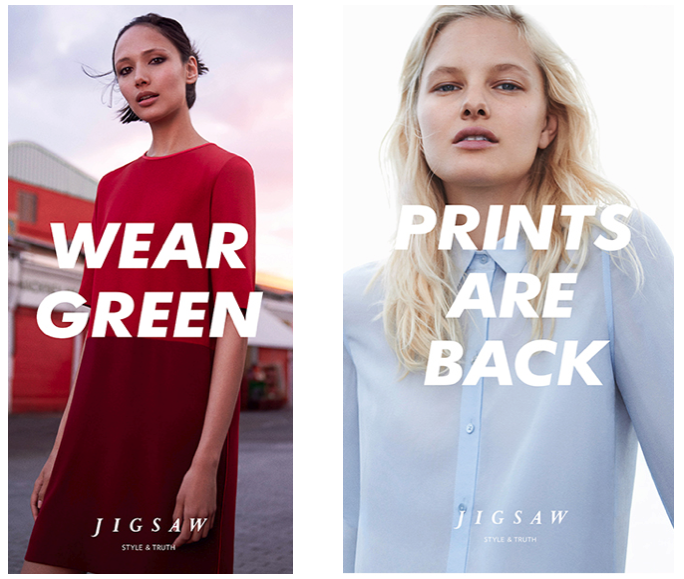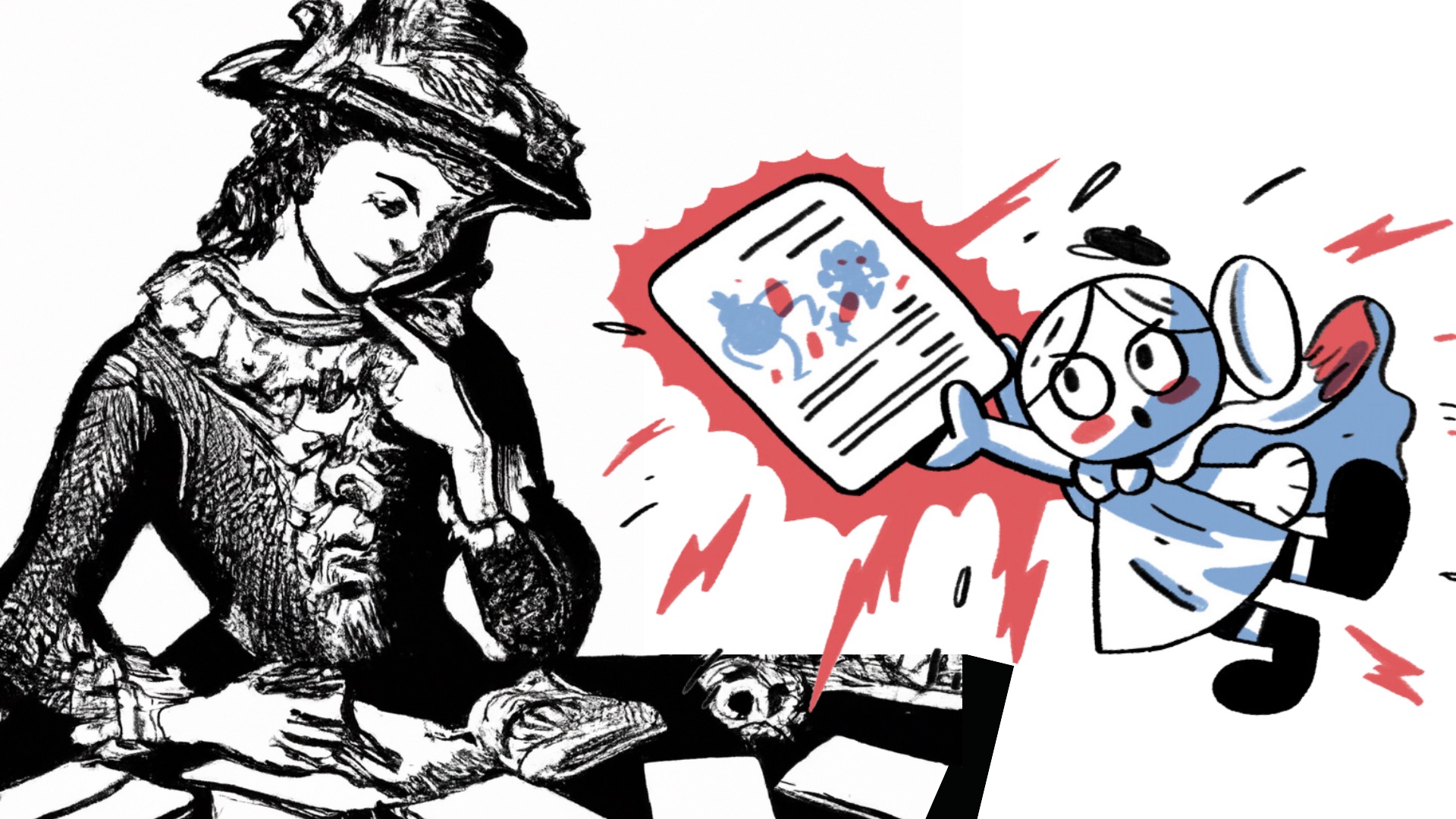Which Storyteller Tactics would be on Jane Austen’s writing desk?
How about Don Draper or Bruce Springsteen?
We all have our own favourite stories – the novel you can’t put down, the advert that caught your eye, the movie you’d watch again tonight for the seventh time. Or that YouTuber you just spent twenty minutes following down a rabbit hole?
Now apply a bit of reverse-engineering.
- What’s going on here, why do I love this story?
- Which Storyteller Tactic might the author have used to produce this effect?
- How can I use the same tactic in my next story?
Let’s go. Jane Austen first.
Pride and Prejudice has sold 20 million copies, inspiring countless imitations and adaptations. Why does Lizzie Bennet’s world, so full of privilege, still attract a huge, diverse audience today?
It’s a classic Rags to Riches story. Lizzie is a smart woman with an independent spirit, in an age where this isn’t valued. By the end, Mr Darcy has come to recognise this virtue (and realise he can’t live without it). Austen also gives us delightful Good & Evil struggles, with subversive Lizzie politely resisting the pompous authority of Mr Collins and Lady Catherine. Finally, there’s the villain: George Wickham, pretending to be a rebel, but unmasked as a cheat (that’s Rules, Cheats and Rebels).
- Tip: think about your customer. What’s her hidden virtue and who’s going to recognise it when she uses your product? Who is she battling against? Who is the villain of her story and can we see him unmasked?
Now Mad Men.
Watch this scene from the TV pilot. Don Draper seems to pull a magic solution to his clients’ problem out of thin air.
Don Draper’s using two Storyteller Tactics. First, Abstractions: don’t tell me what you think or say about your product, tell me what you do to the tobacco. You grow it, cut it, cure it, toast it.
Ok. “Lucky Strike. It’s toasted.”
That slogan is a little Rolls Royce Moment: it’s vivid (appealing to our sense of smell) and relatable (we’ve all made toast).
- Tip: think about your own product or service. Is there something you do – one single vivid thing – that could make a movie run in our heads?
And one from the real ad-men.
I was rushing to a meeting in London, heading through the Tube. Half the walls are covered in adverts. After a while, you ignore them. But then I stopped dead in my tracks.

“Hang on, she’s not wearing polka dots and she’s not gone floral.”

“She’s not wearing green and that’s not a pattern print. What’s going on here?”
The words don’t match the pictures. It’s jarring. It doesn’t make sense… until it does.
Jigsaw is a brand for women who don’t slavishly follow the rules of fashion. Nice.
This ad campaign cleverly uses two Story Hooks: irony (fashion for women who don’t follow fashion) and the unexpected (words don’t match pictures).
- Tip: figure out what your audience is expecting to hear. What do all your competitors tell them? (eg: “Our product gives instant results”) How can you surprise them but still make sense? (eg; “This isn’t a quick fix, you have to work at it, but it’s worth it in the long run.”)
Two different songs, same story.
Listen to how Bruce Springsteen opens these songs about a fading marriage. First, the title track of The River:
“I come from down in the valley, where mister, when you’re young, they bring you up to do like your daddy done. Me and Mary we met in High School and she was just seventeen…”
Bruce Springsteen, The River
It’s the hero’s life story: young boy grows up, meets girl, gets her pregnant, marries her but drifts apart.
But Springsteen takes a totally different approach in Sherry Darling:
“Your Mama’s yapping in the back seat, tell her to push over and move her big feet. Every Monday morning I gotta drive her down to the unemployment agency. Well this morning I ain’t fighting, I give up. Tell her she wins if she’ll just shut up. But it’s the last time she’s gonna be riding with me.”
Bruce Springsteen, Sherry Darling
The second song opens in the thick of it: a marital row – clearly not the first – in the humdrum reality of married life. Then Springsteen harks back to the carefree days when his hero and Sherry first dated.
Springsteen is using Five Ts.
The River is a classic timeline: beginning-middle-end. It takes a while to get going.
Sherry Darling messes with the timeline, starting in the moment of maximum tension, then explaining how we got here. It explodes from the first five seconds.
- Tip: start your story at the moment of maximum tension. (If you’re not sure what that is, dig out the Emotional Dashboard and look for the strong negative emotion). Now tell us how we got there and what happens next.
We’ve been expecting you, Mr Bond.
James Bond and Vesper Lynd are heading for their hotel in Casino Royale. They’re still in the will-they-won’t-they phase of their romance. Vesper insists on separate rooms.
“Am I going to have a problem with you Bond?”
“No, don’t worry. You’re not my type.”
“Smart?”
“Single.”
Casino Royale, Eon Productions
In that one word, we learn an awful lot about James Bond. This man is so cold that he makes a habit of sleeping with other men’s wives rather than risk emotional attachment. The writers are using Leave it Out: giving us a massive hint, but letting our imagination do the rest.
- Tip: stop trying to tell us everything about your idea, product or service. Try telling us just one thing that’ll make us want to fill in the gaps.
Finally, down the rabbit hole.
I found myself watching twenty minutes of Airsoft sniper action (grown men playing Army in the woods) with my morning coffee. It’s not my hobby, so why couldn’t I stop watching?
We’re watching through the eyes of a sniper. Straight away, we’re in on a secret (Secrets & Puzzles). He’s shooting “enemies” with plastic pellets (Three Great Conflicts) and we want to see who wins. Best of all, some of his targets are refusing to play dead, breaking the rules of the game. So he shoots them again and again. And we love to see a cheater punished (Rules, Cheats & Rebels).
- Tip: next time you’re down a rabbit hole on YouTube, stop and ask why. Then pinch the story tricks that pulled you in and use them in your own messages. Bonus: you get to pretend YouTube is research :))


Hah! That cigarette ad is literally straight out of that classic advertising text “Breakthrough Advertising”, written in 1966. Page 46 of the 1984 second edition, to be precise.
I can see I’m going to have to watch this series.
George Lois has plenty of similar examples in “Damn Good Advice for People with Talent.” And he hated Mad Men, thought they were a bunch of sexist pigs who wouldn’t have lasted five minutes in a real ad agency.
Fascinating!
They were absolutely sexist pigs and many of them were terrible assholes. But damn if it isn’t one of the greatest TV shows ever made. Full-throated recommendation from me.